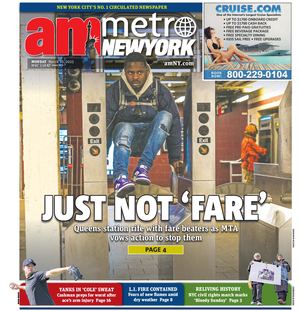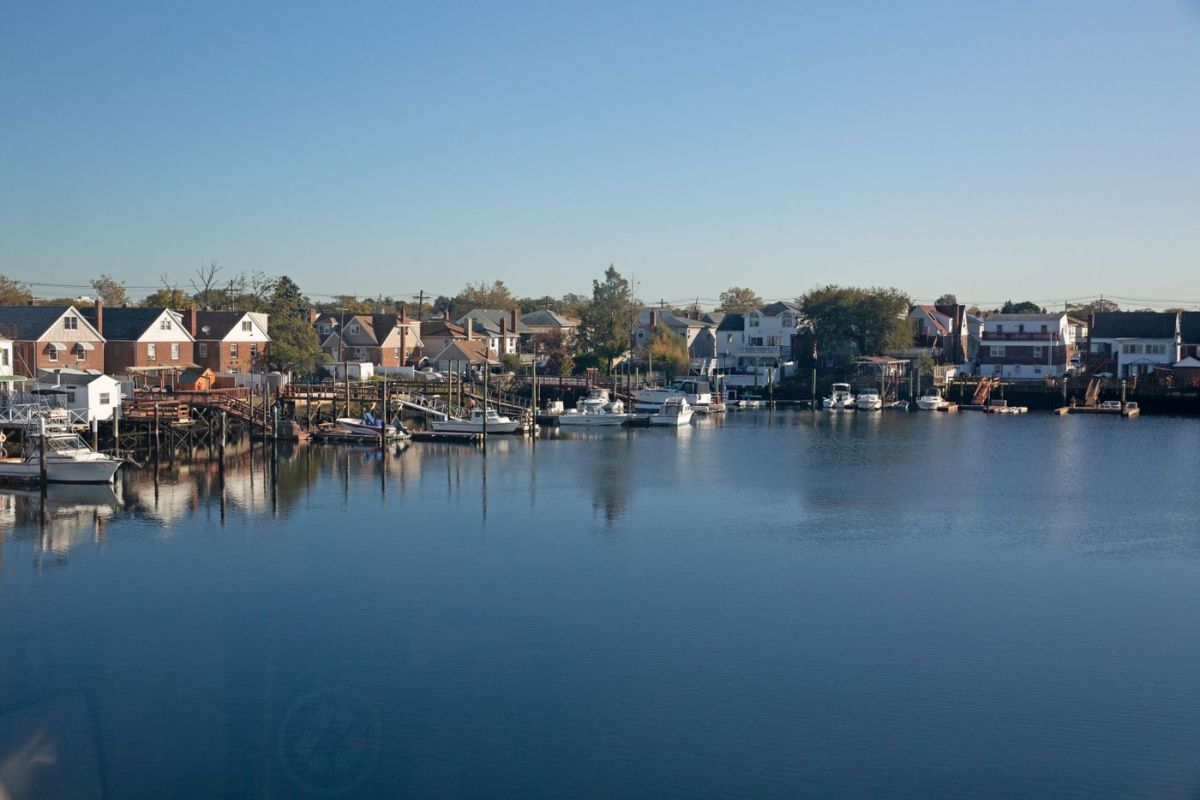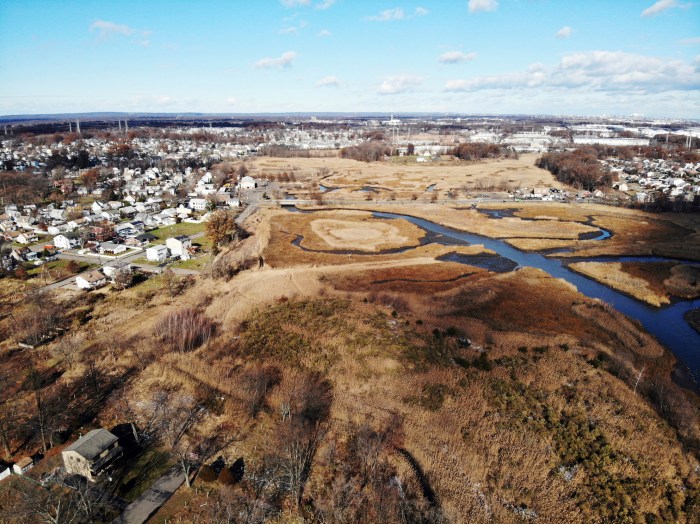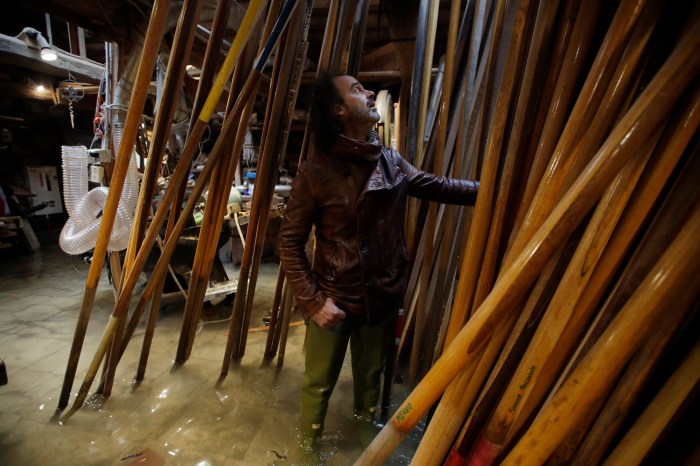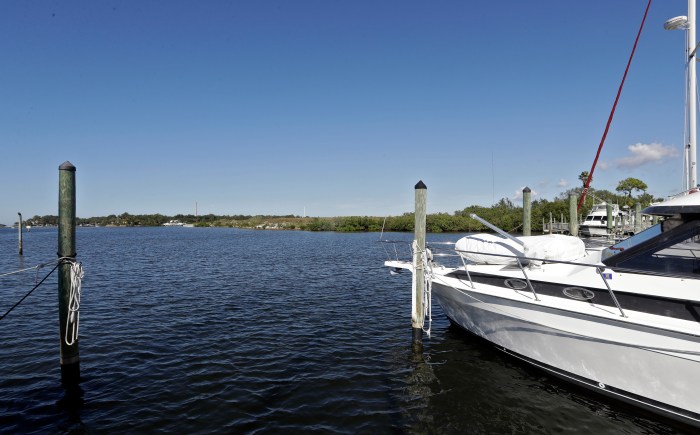The City Planning Commission approved the use of a new zoning ordinance that, once put in use in coastal communities, could help with fast recovery from major weather events like Superstorm Sandy.
Zoning for Coastal Flood Resiliency, or ZCFR, will lift restrictions against homeowners building or raising homes above a certain level and could be applicable to up to 400,000 residents and 80,000 structures on New York City’s 520 miles of coastline. It will also restrict new nursing homes from being built in high-risk areas because of their constant dependency electricity.
Department of City Planning officials spoke with amNewYork in October to explain the importance of this zoning ordinance and how it could help residents, or their relatives, remain in their homes in the coming century of climate change.
“ZCFR is a game-changer for the residents and businesses who call New York City’s floodplain their home. This citywide zoning overhaul is simultaneously broad and flexible enough to help our incredibly diverse communities and building types better withstand, and then recover more quickly from, storms like Sandy, as well as slowly rising sea levels. Thank you, ZCFR, for making our future and our city more sustainable,” CPC Chair Marisa Lago said.
While the department approved the zoning category, it will still need to be approved by the City Council before going to the mayor for his signature or veto. However, community boards seem to have signed off on it.
“These zoning changes will help make New York City’s coastal neighborhoods safer, stronger and better prepared for extreme weather. As climate change continues to worsen, it has never been more important to unlock new opportunities for New Yorkers who want to invest in the resiliency of their homes and neighborhoods,” Jainey Bavishi, Director of the Mayor’s Office of Resiliency, said. “We applaud the City Planning Commission for their support of this proposal and look forward to its consideration by the City Council.”
While neighborhoods along Jamaica Bay that experience some of the highest amounts of flooding on a regular basis will benefit the most from the proposal, it could end an all too familiar nightmare for residents of public housing.
Under ZCFR, NYCHA and Mitchell-Lama complexes in Lower Manhattan or Manhattan Beach will be able to relocate their mechanical buildings to an elevated position where it will not be vulnerable to water damage.
According to Manuela Powidayko, a Senior Planner at DCP, making even incremental steps toward meeting resiliency standards would get people back in their homes faster after a severe weather event.
Powidayko has said that ZCFR could avoid other bureaucratic disasters that respond to natural disasters, namely the Build It Back program that failed to solve billions of dollars in damage by taking years to put many people back in their homes. Those who were able to get their homes raised up to a safe level have been the victims of what some claim to have been botched labor.
“After Sandy, we saw a lot of our building stock being knocked down and a lot of homes being completely washed away, so we needed to very quickly put zoning provisions in place that would facilitate retrofits and construction. We went back and forth for years to learn from those lessons and see what rules were not working well,” Powidayko said.
Mitigating coastal flooding has been on the radar for residents of south Queens, in particular, as well as the federal government who has failed in the past half-century to provide adequate infrastructure to protect homes.
